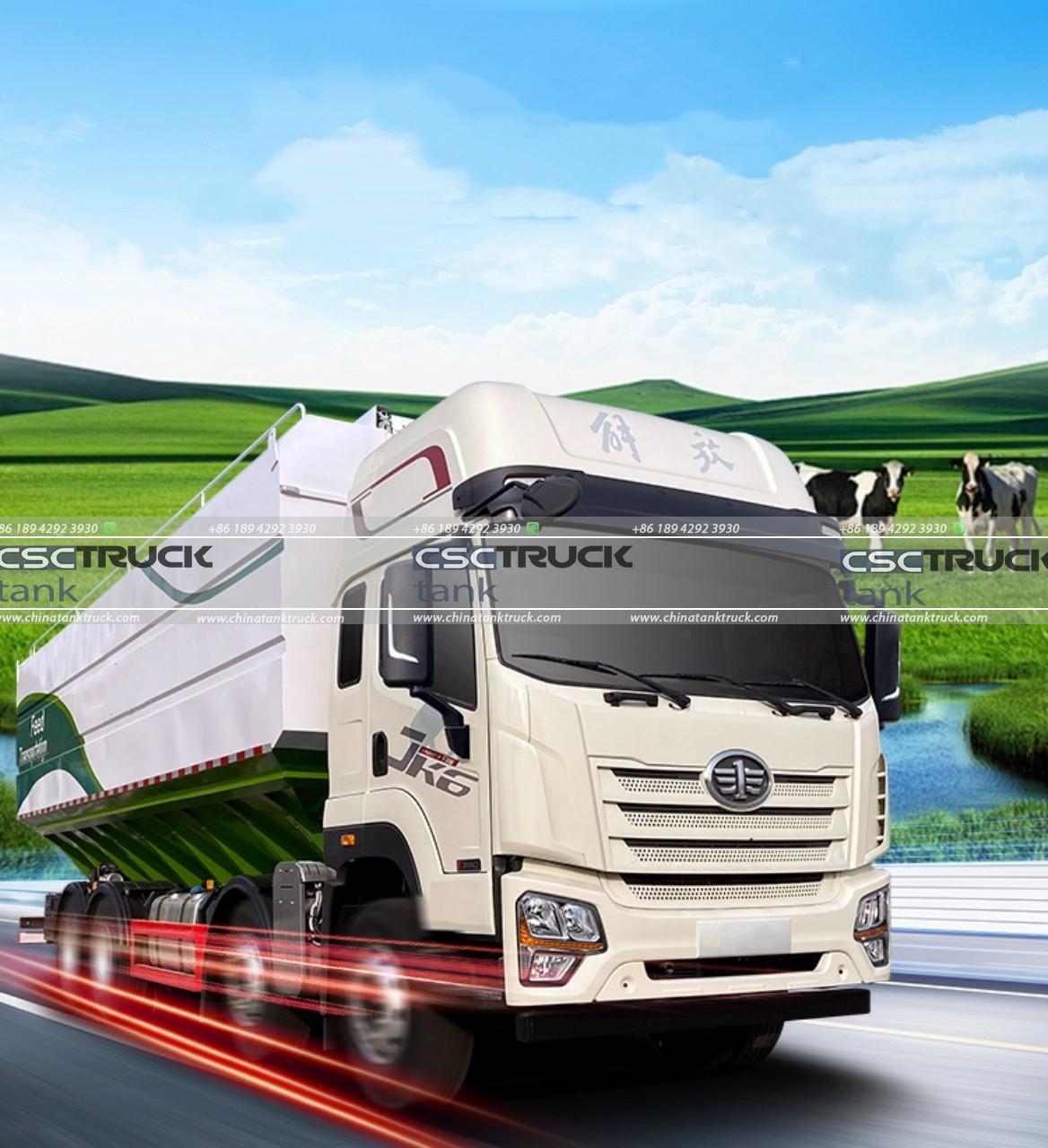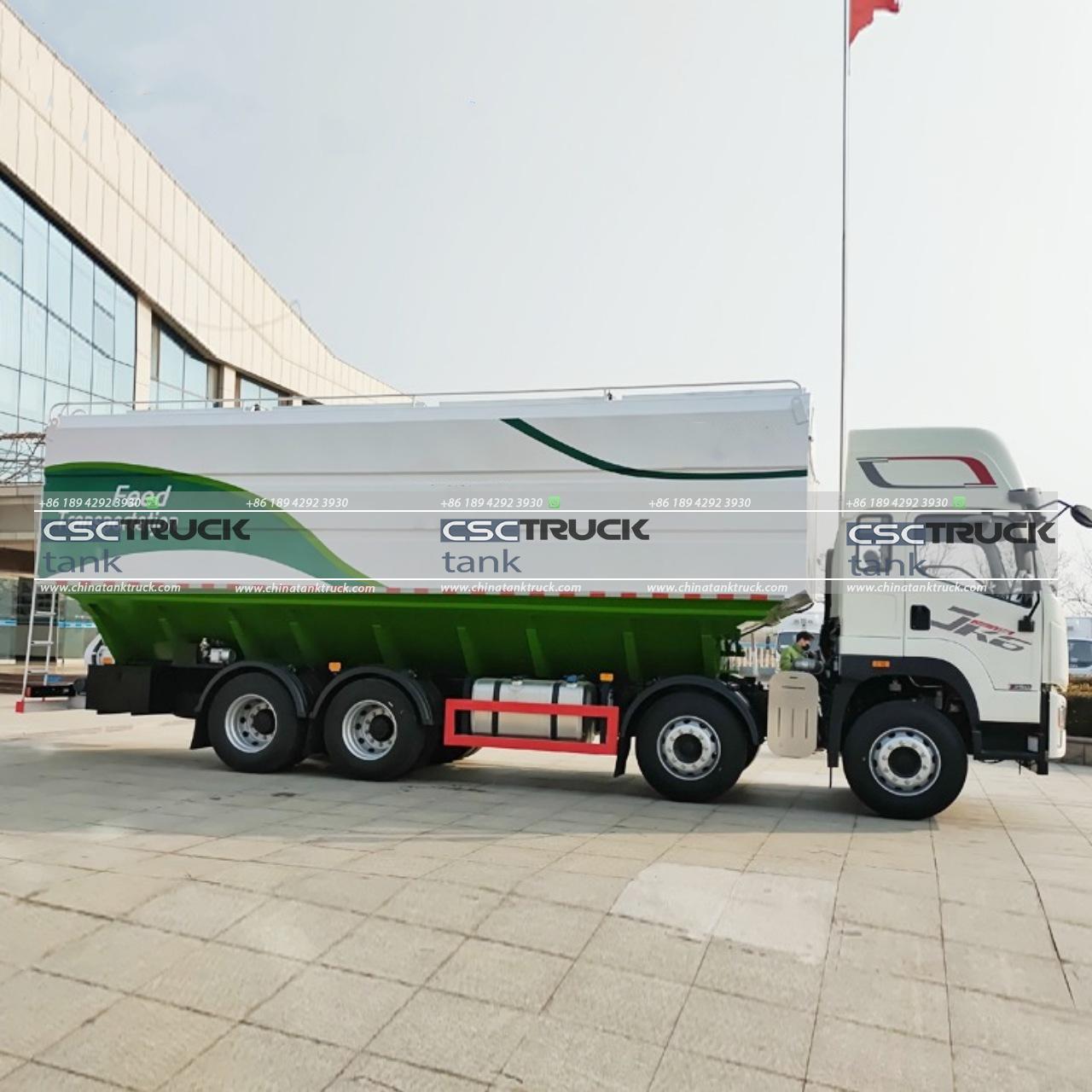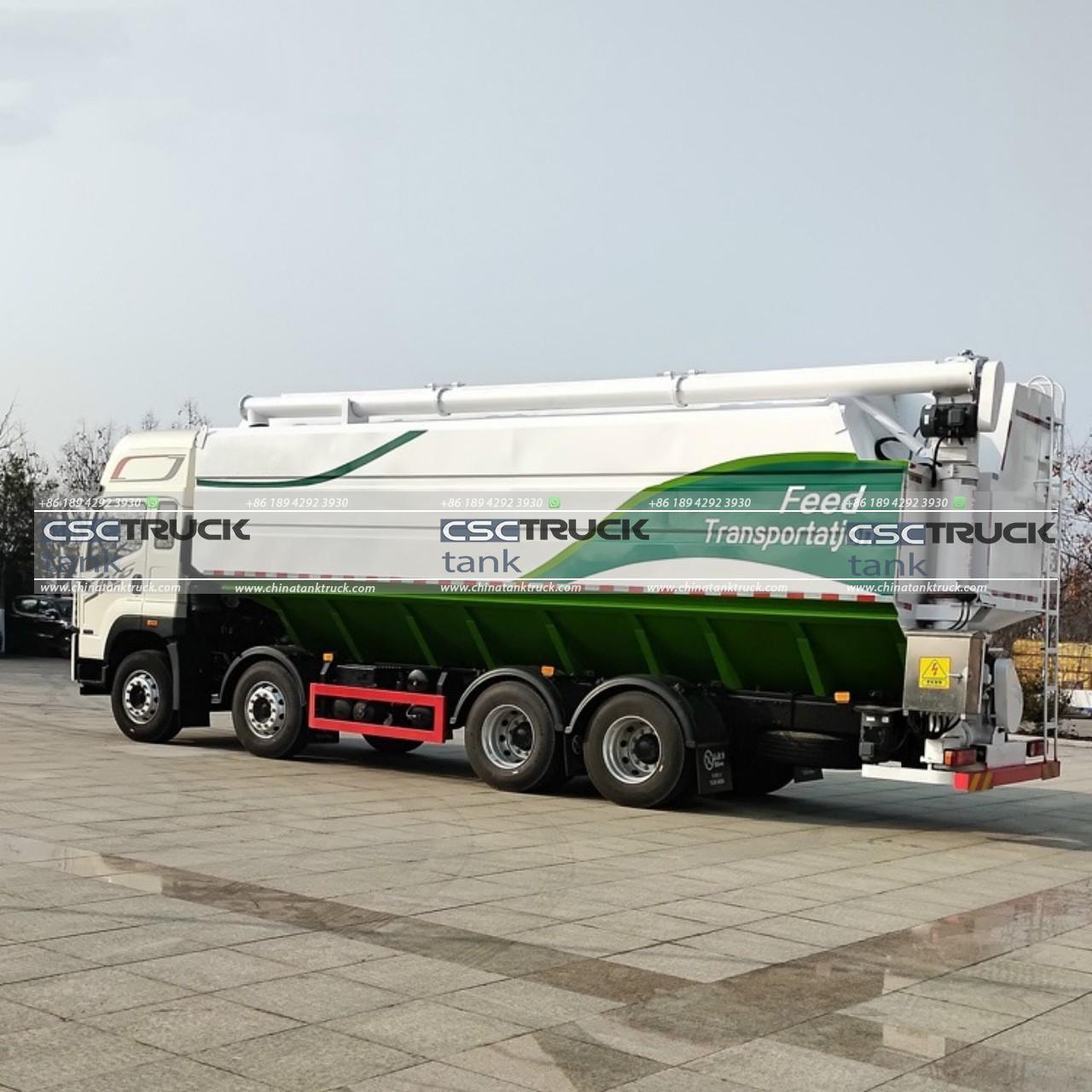Pneumatic Tank Trucks for Efficient Bulk Material Transport
Pneumatic tank trucks, also known as dry bulk tankers, play an indispensable role in the logistics and transport industries. These specialized vehicles are designed to move bulk materials like cement, sand, grain, and flour with precision, efficiency, and a high degree of safety. The innovative pneumatic discharge system distinguishes these tankers, allowing for easy unloading and minimizing product loss. This article delves into the importance, design, and operational specifics of pneumatic tank trucks, highlighting their role in ensuring efficient bulk material transport.
1. What Are Pneumatic Tank Trucks?
Pneumatic tank trucks are specialized vehicles equipped with tanks designed to transport powdered or granular materials. Unlike traditional liquid tankers, these trucks move dry materials using an onboard pneumatic system that enables the controlled discharge of contents without the need for a tilting mechanism. The tank itself is pressurized, which allows air to flow through, creating a suspension of the material for smooth flow to the receiving container or facility.
Typically, pneumatic tankers are constructed from stainless steel or aluminum, ensuring they are durable enough to handle various bulk materials. Their design and operational capabilities make them vital for industries like construction, food processing, and agriculture, where efficient and hygienic transport of dry materials is essential.

2. Key Components of Pneumatic Tank Trucks
The unique design of pneumatic tank trucks consists of several critical components:
1. Tank: Made from high-strength materials like aluminum or stainless steel, the tank is cylindrical to maximize capacity while maintaining stability. Tanks are compartmentalized or equipped with internal baffles to prevent load shifting during transport, contributing to safer handling.
2. Pneumatic Discharge System: This system includes a compressor or blower that pressurizes the tank to move the material. When activated, the blower directs air into the tank, causing the bulk material to fluidize and flow smoothly to the designated unloading area.
3. Valves and Hoses: Valves control the release of compressed air and material flow. Specialized hoses ensure a secure connection during unloading, reducing the risk of spills and ensuring controlled discharge.
4. Air Compressor: Mounted on the truck, the compressor generates the air pressure needed for the pneumatic system to discharge the material. The air compressor plays a vital role in regulating flow rates, thus impacting the efficiency of the unloading process.
5. Safety Systems: To maintain safe operating conditions, pneumatic tankers are equipped with various safety features, such as pressure relief valves, emergency shutoff switches, and monitoring systems to ensure the integrity of the transport process.
3. Working Mechanism: How Pneumatic Tank Trucks Operate
The operation of a pneumatic tank truck revolves around using compressed air to fluidize and discharge the material. The process can be summarized in the following steps:
1. Loading: Bulk materials are loaded into the tank using a gravity-based system or by connecting hoses to an external storage source.
2. Pressurization: Once loaded, the compressor generates pressurized air, which enters the tank through nozzles. The air mixes with the material, creating a suspension that allows the particles to flow freely.
3. Discharge: Valves control the air and material flow from the tank to the unloading point, which can be another storage facility or a silo. The controlled pressurization ensures a steady flow without material wastage or spillage.
This pneumatic mechanism offers an efficient, clean, and damage-free method of transporting bulk materials, especially for delicate products that could be damaged by traditional unloading methods.

4. Advantages of Pneumatic Tank Trucks
Pneumatic tank trucks offer several advantages over conventional tankers or trucks for bulk material transport:
1. Efficiency in Unloading: The pneumatic discharge system allows for quick and controlled unloading, reducing the time spent at delivery sites.
2. Reduced Material Loss: Pneumatic discharge minimizes waste by controlling the material flow and limiting exposure to external contaminants. This is particularly crucial for food-grade materials where hygiene standards are high.
3. Safety: Pneumatic systems reduce the need for tilting or rotating the truck, minimizing the risk of rollovers or spillage. Safety valves and pressure monitoring ensure that pressure levels remain within safe limits, protecting the operators and the material.
4. Versatility: Pneumatic tankers can handle a wide range of materials, from fine powders to coarser granules. This flexibility makes them suitable for multiple industries, including construction, agriculture, and food processing.
5. Environmental Benefits: Reduced product spillage and minimal interaction with the environment make pneumatic tank trucks an eco-friendly choice for bulk material transport. Controlled discharge systems also minimize dust emissions, which is especially important in urban areas.
5. Applications Across Industries
Pneumatic tank trucks find applications in various industries:
1. Construction: Cement, fly ash, and limestone powders are essential construction materials that must be transported efficiently. Pneumatic tankers provide an ideal solution, enabling quick, dust-free unloading.
2. Agriculture: Farmers and suppliers use these trucks to transport grain, animal feed, and other dry agricultural products to processing plants and distribution centers. The controlled unloading ensures that these materials are not contaminated or wasted.
3. Food Processing: Flour, sugar, and powdered milk are examples of food-grade materials often transported in pneumatic tankers. The hygienic design of the tanks and controlled discharge make them ideal for sensitive food products.
4. Chemicals: Chemical powders like soda ash and plastic pellets require specialized handling. Pneumatic tank trucks offer a secure and contained system that prevents contamination or exposure to potentially hazardous materials.

6. Challenges and Considerations
Although pneumatic tank trucks offer numerous benefits, there are challenges and operational considerations:
1. Maintenance Requirements: The pneumatic system involves compressors, hoses, and valves that require regular maintenance to function effectively. Regular inspections are necessary to prevent leaks, corrosion, and mechanical failure.
2. Training and Safety Protocols: Operators need proper training to manage the pneumatic systems effectively and respond to emergencies. Understanding the limitations of pressurized tanks and handling them safely is critical for operational success.
3. Load Limitations: Pneumatic tankers are not ideal for extremely heavy or sticky materials, which may require alternative transport methods.
4. Higher Initial Costs: The construction and design of pneumatic tanks require more specialized engineering than standard tankers, which can make them a larger upfront investment.
7. Future Trends in Pneumatic Tank Trucks
The demand for pneumatic tank trucks is set to grow as industries seek efficient and sustainable transport options for bulk materials. Future trends include:
1. Automation and Remote Monitoring: Technology advancements, like IoT sensors and GPS tracking, allow for real-time monitoring of tank conditions, route optimization, and remote diagnostics, improving efficiency and safety.
2. Eco-Friendly Design: Manufacturers are working to make pneumatic systems more energy-efficient, reducing carbon emissions during transport. Lightweight materials and efficient compressor systems are increasingly being used to lessen the truck’s overall environmental impact.
3. Enhanced Safety Features: Future models are likely to incorporate advanced safety features, like automated pressure control and real-time monitoring, to prevent accidents and enhance operational safety.
4. Versatile Designs: Innovations in tanker design allow for modular setups that make pneumatic trucks adaptable to multiple industries and materials, broadening their range of applications.

Conclusion
Pneumatic tank trucks represent a blend of engineering and efficiency, enabling safe and effective transport of bulk materials across industries. Their pneumatic discharge system makes them a preferred choice for delicate, granular, or powdered materials, providing a clean, controlled, and cost-effective solution. As demand grows, innovations in automation, safety, and environmental design will likely continue to evolve, making pneumatic tankers an essential asset in logistics and transportation. These trucks have proven their worth in applications ranging from agriculture to food processing, playing a vital role in supporting supply chains and contributing to safer, more sustainable transport practices.

